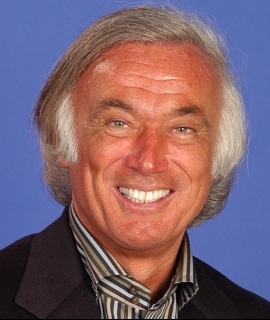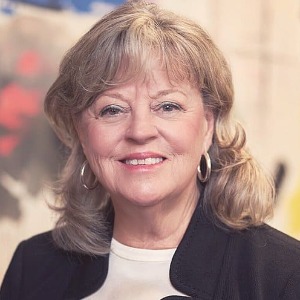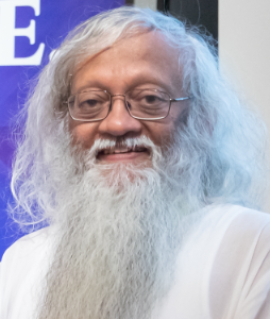10th Edition of International Conference on
Speech Language And Audiology
Speech, language, and audiology are important facets of traditional medicine, which still play a major role in healing and maintaining health today. These therapeutic disciplines are an essential part of many ancient healing practices, such as Ayurveda, Traditional Chinese Medicine, and Tibetan Medicine, as well as indigenous methods and modern, integrative approaches. In traditional healing systems, speech language and audiology therapies focus on restoring the balance between mind, body, and spirit. These therapies address individual vocal and vocalisation patterns, including tonal ranges, harmonic patterns, and breath control. The goal is to support the patient’s overall health by addressing their physical, emotional, mental and spiritual communication needs. Ayurveda is one of the oldest forms of traditional medicine, and vocalizations are highly valued in this discipline. Ayurveda uses vocal exercises, vocal toning, and energetic movements to balance the koshas (layers of energy), leading to improved overall health. In Traditional Chinese Medicine (TCM), speech language and audiology involve methods of analysis such as acupuncture and acupressure, which use touch and palms to help detect health imbalances. Acupuncture points, certain vocal exercises, and sounds may be used to achieve balance and healing in the body. Tibetan Medicine also employs speech language and audiology therapies to assist in the prevention of certain diseases, as well as to promote healthy vocal patterns and messages that help to restore positive emotions, mental strength, and inner healing. Indigenous methods and modern, integrative approaches utilizing speech, language, and audiology therapies are also used in a number of therapeutic settings today. This includes the use of sound therapy, meditation, and various other forms of energy healing to help restore and maintain balance in the body. Speech language and audiology therapies are an important component of traditional medicine systems that provide healing and preventative care. These therapies have been used for thousands of years, and they continue to play a role in modern integrative approaches to healthcare.

Kenneth R Pelletier
University of California School of Medicine, United States
Marilyn Allen
American Acupuncture Council, United States


